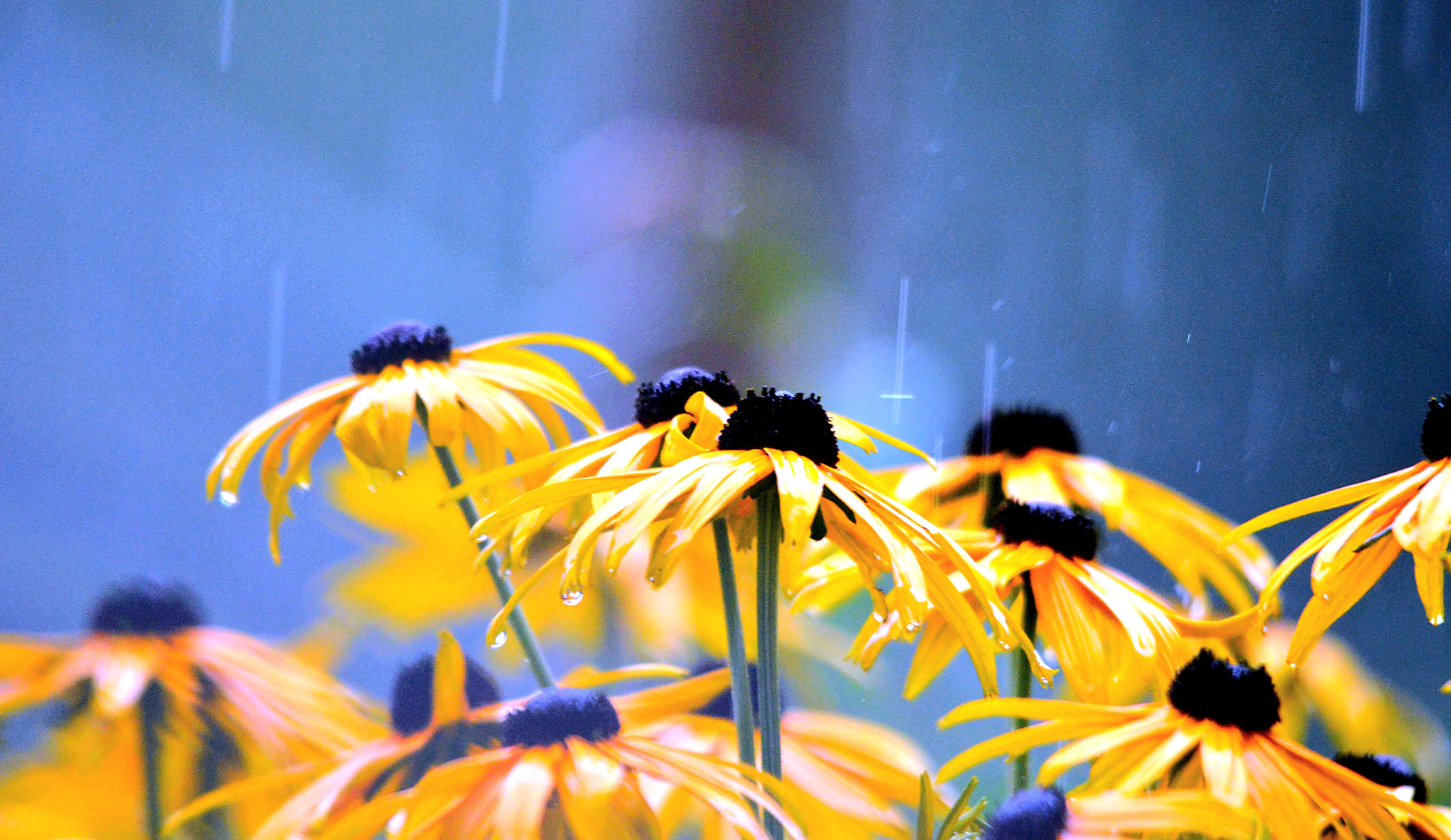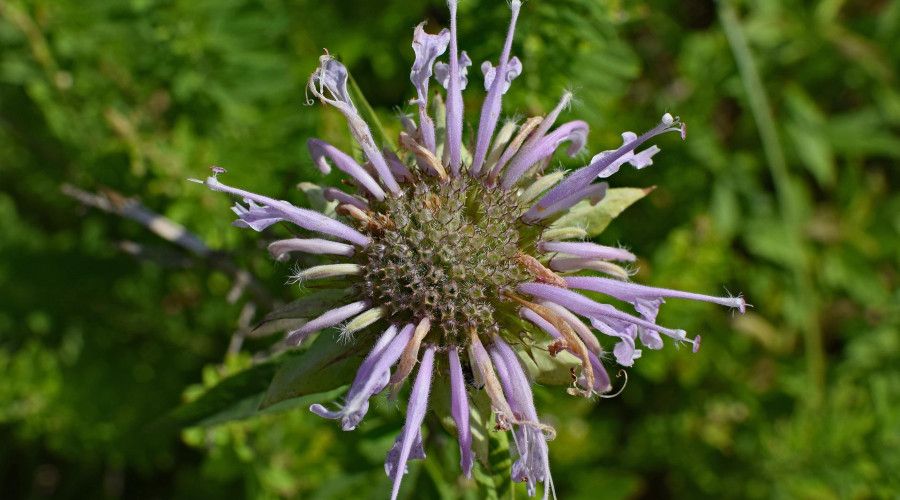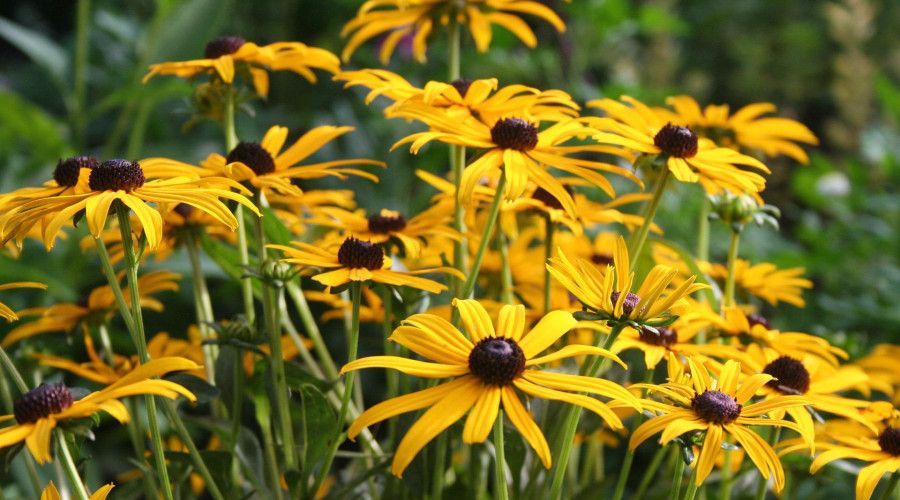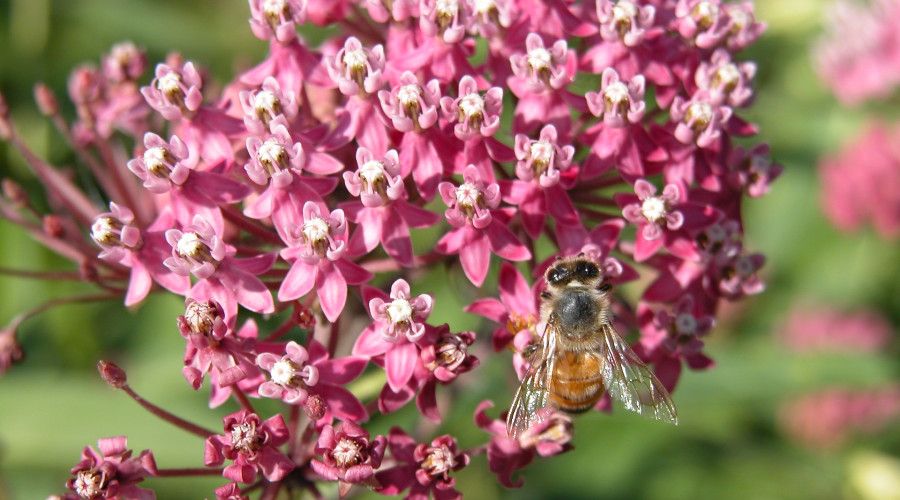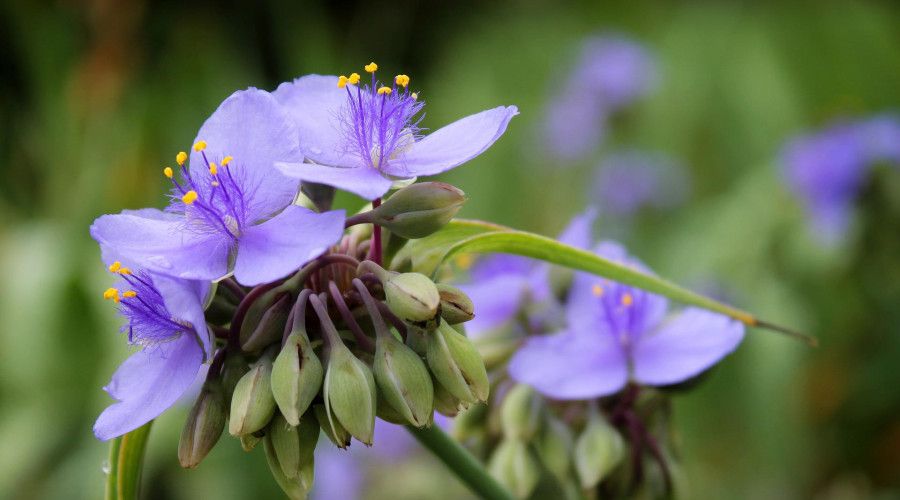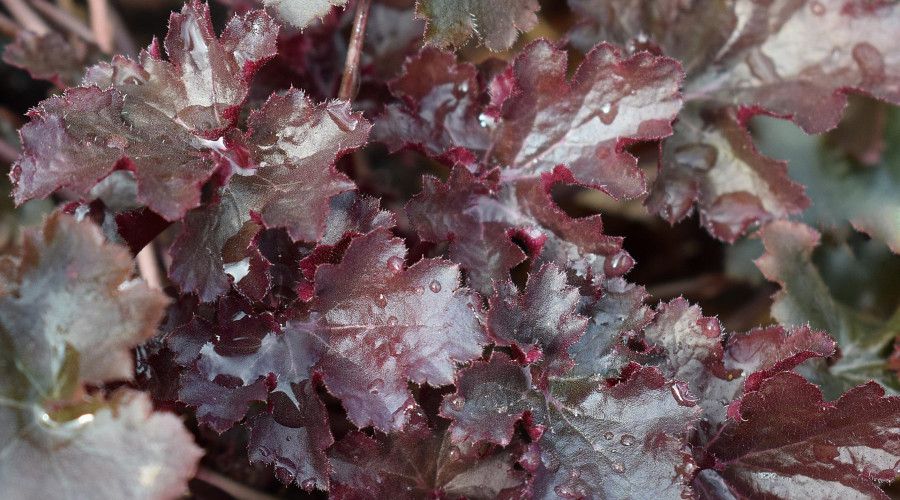Rain gardens are a wonderful way to help the environment while playing up the beauty of thirsty plants that love swampy zones. Since a rain garden is a shallow, bowl-shaped area that collects the water runoff from all those trouble spots in your yard, they’re an all-around solution for your outdoor spaces.
But knowing which plants to grow in them can be tricky. So the question is, which ones actually do well in that kind of environment? To help you answer it, we created a list below with some of the most beautiful water-loving flowers and plants you’ll find in various zones around the country.
Wild Bergamot
Image credits: Jan Haerer via Pixabay
Wild bergamot, or Bee Balm, is a gorgeous flower that loves watery basins like a rain garden. They add some stunning color while attracting pollinators and providing water filtration. And a bonus – you can make tea from the flowers! Wild bergamot does best in USDA growing zones 3 to 9, in full sun, on the slope of the water garden.
Black-Eyed Susans
Image credits: spicetree687 via Pixabay
Blacked-Eyed Susans are a yellow flower native to North America. They often are part of wildflower mixes, but you can find seed packets and plants individually for growing in your rain garden. The plant attracts a range of pollinators (typically insects) and may grow up to 3 feet tall or even higher.
Daylilies
Image credits: Ulrike Leone via Pixabay
Daylilies come in a wide range of colors that will always look amazing in their blooming season. In mild winter climates, they stay evergreen (certain varieties), and in their season, they bloom continually for about four weeks. They do best in Zones 3 to 8.
Swamp Milkweed
Image credits: La55i3Girl via Pixabay
Though “weed” is in the title of this gorgeous pink flower, the swamp milkweed is a stunning choice for your rain garden. They naturally pop up in swampy areas and wet meadows, showing off their pink and mauve blooms in late summer. They also attract butterflies and bees and specifically provide important nutrition for monarch butterfly larvae. Swamp milkweed does best in Zones 3 to 6 and typically grows up to between 3 and 4 feet in height.
Hostas
Image credits: Gaz D via Pixabay
For a beautiful leafy choice in a range of colors, consider the hosta plant. This gorgeous perennial comes in many varieties with lush, colorful leaves that pop in a rain garden. For best results, buy them as potted plants before planting in your rain garden in spring or fall in moist soil.
Purple Coneflower
Image credits: erwin nowak via Pixabay
The purple coneflower is another native flower that’s hardy and draws a range of pollinators. The plant grows between 3 and 4 feet in height and is super low maintenance. Plus, the flower is what’s used to create echinacea tea and supplements – so they’re a wonderful choice for your home remedy kit.
Columbine
Image credits: May_hokkaido via Pixabay
Columbine plants are a unique species that come in a range of beautiful colors and distinctly attractive looks. They typically come in light pink to deep red, purples to blues, yellows, and oranges. They grow best in full sun, on the slope of rain gardens, in Zones 3 to 8. And thanks to their root system style, they help combat erosion.
Ohio Spiderwort
Image credits: Marie R. via Pixabay
Ohio spiderwort is a much more attractive plant than the name initially conjures. The beautiful blue or purple blooms are small, clustered blossoms that grow on plants up to three feet tall. They provide some height and structure for your rain garden. They do best in Zones 4 to 9, on the edge of the rain garden, in full sun.
Alumroot
Image credits: Jane Haerer via Pixabay
Alumroot is a beautiful, leafy perennial that’s perfect as an anchor point in your rain garden. The plant is highly tolerant of many climates and soil conditions, as well, making it a great choice for folks across most regions.
Alumroot comes in a range of varieties with different foliage and flower colorations. It should be planted in fall or spring in moist soil and is a fairly low-maintenance plant. Just be sure to water it if your rain garden hits a dry spell.
Your Plants – Your Choice
If you want a truly beautiful rain garden collection, you can choose a host of blooming plants and hostas in a range of colors for a rainbow-style effect. Or, if you prefer color schemes, pick the plants by color varieties.
For purples, you’ve got wild bergamot, purple coneflowers, columbine, and spiderwort. Prefer red and pink? Go with red wild bergamot, swamp milkweed, daylilies, hostas, and red columbine. Yellow? Plant black-eyed Susans, yellow daylilies, or columbine. You’ll find a rainbow of shades among them with lovely accents in the vivid greens of their foliage.

